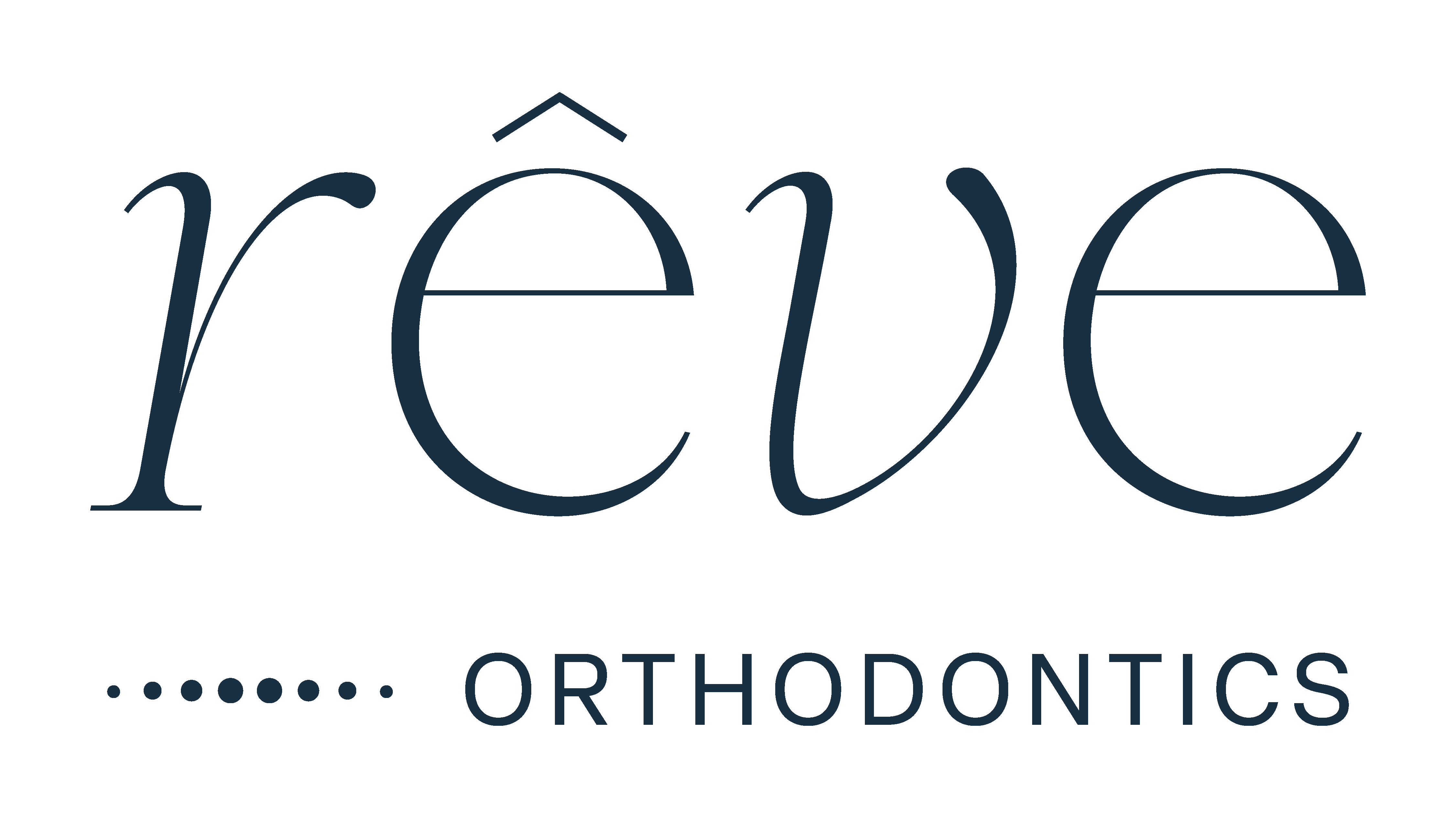When it comes to achieving a confident smile, dental braces are often the unsung heroes. They quietly work their magic behind the scenes, guiding your teeth into perfect alignment. But have you ever wondered how these devices actually function? The science of tooth movement is fascinating and complex, involving biology, physics, and a little bit of patience.
Whether you're considering custom braces in Atlanta, Decatur, or Snellville, GA, understanding the mechanics at play can help demystify the process. From types of braces to the forces that create changes in your mouth—there’s so much more than meets the eye! Let’s delve into this intricate world where metal meets molars and discover just what makes those pearly whites shift into place.
The Basic Principles of Tooth Movement
Tooth movement is a fascinating process rooted in biology. It primarily involves the manipulation of dental structures through controlled forces.
When braces are applied, they create gentle pressure on the teeth. This pressure initiates a biological response from the surrounding bone and tissue.
Bone remodeling occurs as a result of this force. Osteoblasts build new bone, while osteoclasts break down old bone, allowing teeth to shift into their desired positions.
The periodontal ligament plays a crucial role in this dynamic process. It connects teeth to the jawbone and acts as a shock absorber during tooth movement.
Understanding these principles can help patients appreciate just how intricate orthodontic treatment is. Each adjustment brings you one step closer to that perfect smile you've always wanted.
Types of Braces and Their Mechanisms
Braces come in various types, each designed to cater to different dental needs.
- Traditional metal braces are the most common. They consist of brackets and wires that work together to gradually shift teeth into position.
- Ceramic braces offer a more discreet option. Made from clear materials, they blend with tooth color while still providing an effective correction.
- Lingual braces take invisibility a step further by placing brackets on the back side of teeth. This makes them completely hidden from view but can be challenging for some patients due to their location.
- For those seeking an even less noticeable approach, clear aligners like Invisalign provide a removable alternative. These custom trays gently guide teeth without the use of wires or brackets, allowing for easier oral care during treatment.
Each type has its own mechanisms tailored for specific orthodontic issues, ensuring every patient gets personalized care suited to their lifestyle and preferences.
Understanding the Role of Pressure and Tension in Tooth Movement
Tooth movement is a fascinating process driven by the delicate balance of pressure and tension. When braces are applied, they exert gentle force on the teeth. This initiates a biological response that triggers changes in the surrounding bone structure.
As pressure is applied to one side of a tooth, it causes bone remodeling. The periodontal ligament stretches on one side while compressing on the other. This creates an environment where new bone can form and old bone can be absorbed.
Understanding this dynamic is crucial for effective orthodontic treatment. It’s not just about moving teeth; it's about reshaping their foundation over time.
The careful application of these forces allows orthodontists to guide teeth into their desired positions efficiently, ensuring stability once treatment concludes. Each adjustment plays a vital role in achieving that perfect smile you desire! Contact us to learn more.
Factors that Affect the Speed and Effectiveness of Braces
Several factors can influence how quickly and effectively braces work.
- One major element is the age of the patient. Younger individuals often experience faster tooth movement due to their still-developing bone structure.
- The type of braces used also plays a crucial role. Traditional metal braces, ceramic options, or even custom aligners each have unique mechanisms that can impact treatment duration and results.
- Additionally, individual biology matters. Some people naturally respond better to orthodontic forces than others. Genetics may determine how quickly teeth shift in response to pressure.
- Another significant factor is adherence to orthodontist recommendations. Regular appointments for adjustments are essential for optimal outcomes. Skipping these visits could prolong treatment time.
- Lifestyle choices like diet and oral hygiene habits impact effectiveness as well. Eating hard or sticky foods may hinder progress, while maintaining clean teeth supports healthier gums during this transformative process.
Tips for Maintaining Proper Oral Hygiene with Braces
Keeping your teeth clean with braces can seem daunting, but it's essential for a healthy smile.
- Start by investing in an orthodontic toothbrush. Its design makes it easier to reach between brackets and wires.
- Flossing is still crucial. Use floss threaders or orthodontic flossers designed specifically for braces. They help you glide between teeth without damaging your appliances.
- Rinsing with an antibacterial mouthwash can further reduce plaque buildup and freshen your breath. Aim for a rinse after meals when possible.
- Don’t forget to carry travel-sized dental items like mini brushes or toothpicks for on-the-go cleaning. These little tools work wonders after snacks or lunch at school or work.
- Maintain regular check-ups with your orthodontist in Atlanta, Decatur, and Snellville, GA. Keeping those appointments ensures that both your braces and oral hygiene stay on track throughout the treatment journey!
The Role of Retainers in Maintaining Straight Teeth
Retainers play a crucial role in preserving the alignment achieved after orthodontic treatment. Once braces are removed, teeth have a natural tendency to shift back to their original positions. Retainers help prevent this.
These custom-fit devices hold your teeth in their new spots, ensuring they stay straight over time. They can be removable or fixed, depending on individual needs and preferences.
Wearing retainers as prescribed is essential for long-term success. Some may need them only at night, while others might require more frequent use initially.
It’s important to care for your retainer just like you would for your teeth. Regular cleaning helps maintain oral hygiene and keeps the device functioning properly.
With consistent use of retainers, patients can enjoy that confident smile they worked so hard to achieve through braces.
Conclusion
Understanding the complexities of tooth movement through braces is essential for anyone considering orthodontic treatment. As you explore options like custom braces in Atlanta, Decatur, and Snellville, GA, keep in mind the fundamental principles at play.
The science behind how braces work revolves around applying gentle pressure to teeth over time. This process not only shifts teeth into their desired positions but also reshapes the bone surrounding them. With various types of braces available—from traditional metal options to clear aligners—there's something that can meet your individual needs.
Pressure and tension are key players in this journey. How quickly or effectively your teeth move depends on several factors, including age, oral health, and adherence to your orthodontist’s guidelines. Maintaining proper oral hygiene while wearing braces is crucial, too; it helps prevent complications like cavities or gum issues.
After completing treatment with custom braces, retainers play a vital role in ensuring those new smiles stay straight. They act as a safeguard against relapse after all that hard work.
Now that you're informed about what goes on beneath the surface with dental braces, taking action toward achieving a confident smile should be easier than ever!
Ready to transform your smile? Schedule a consultation at Rêve Orthodontics today! Visit us at one of our three locations — 1789 Clairmont Rd, Decatur, GA 30033; 931 Monroe Dr NE, Ste C-201, Atlanta, GA 30308; or 2371 Henry Clower Blvd SW, Ste A, Snellville, GA 30078. Call us at (770) 972-6000 to start your journey toward a beautiful, confident smile!

